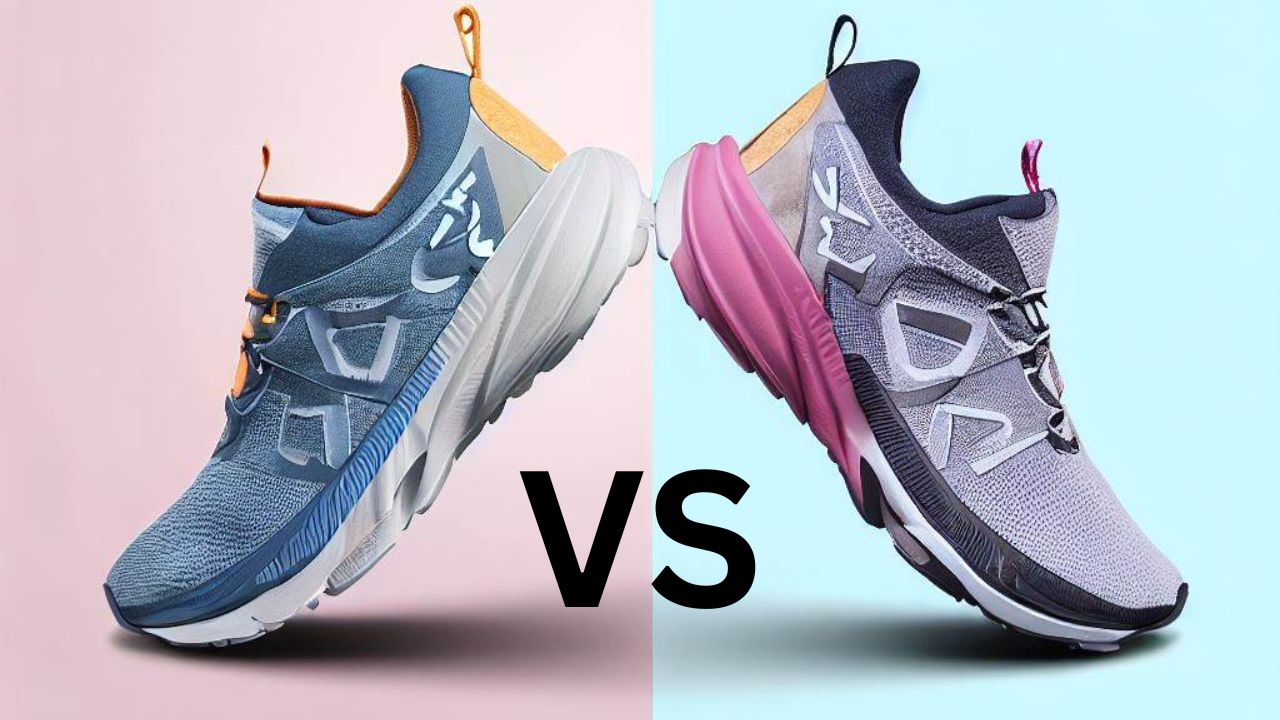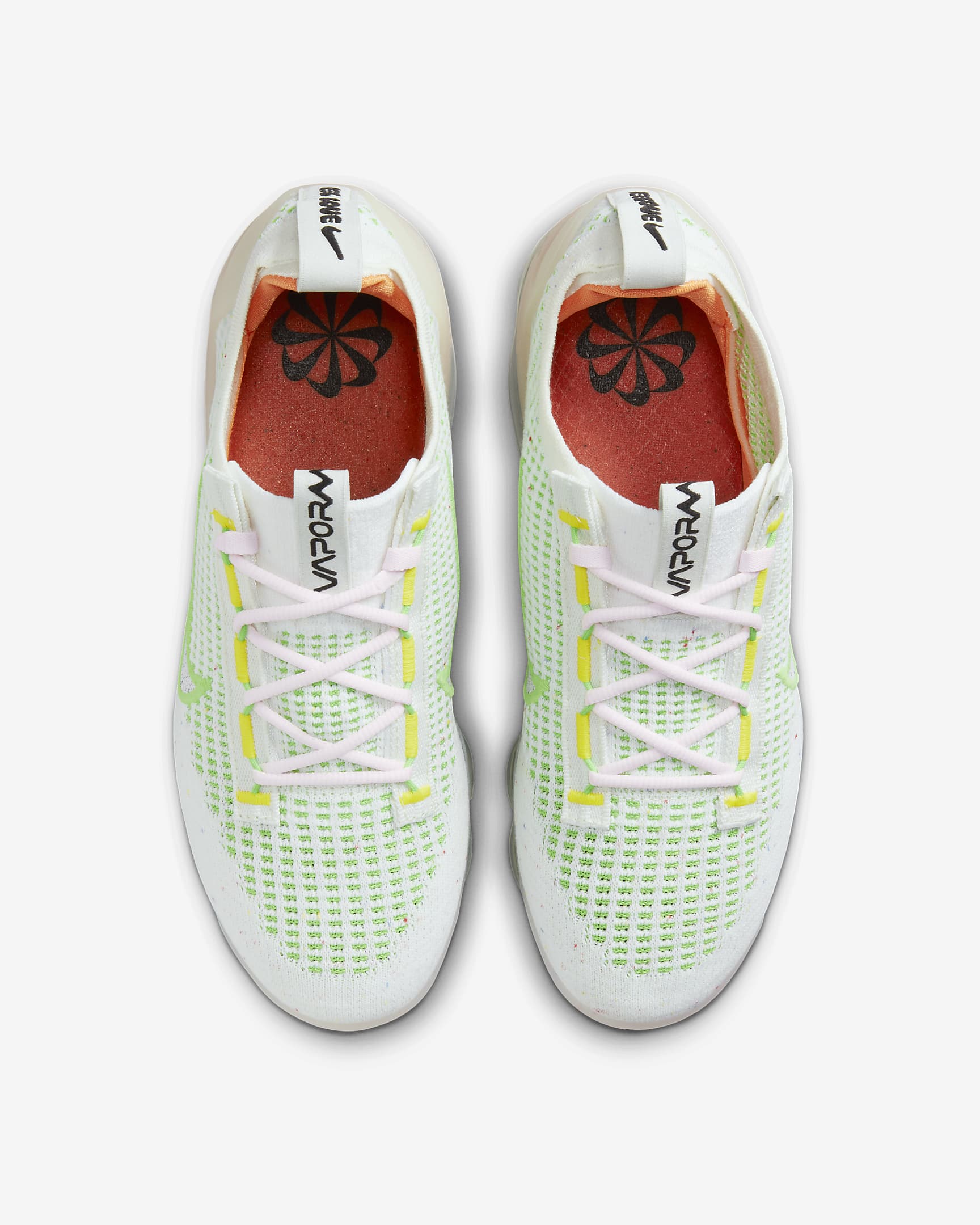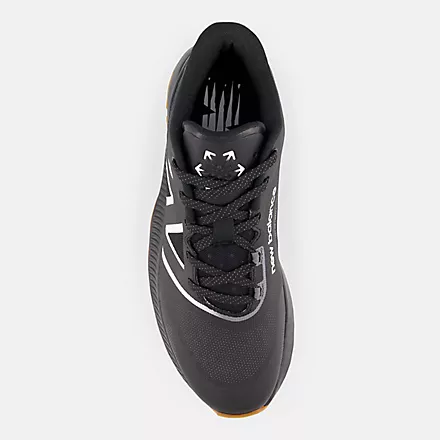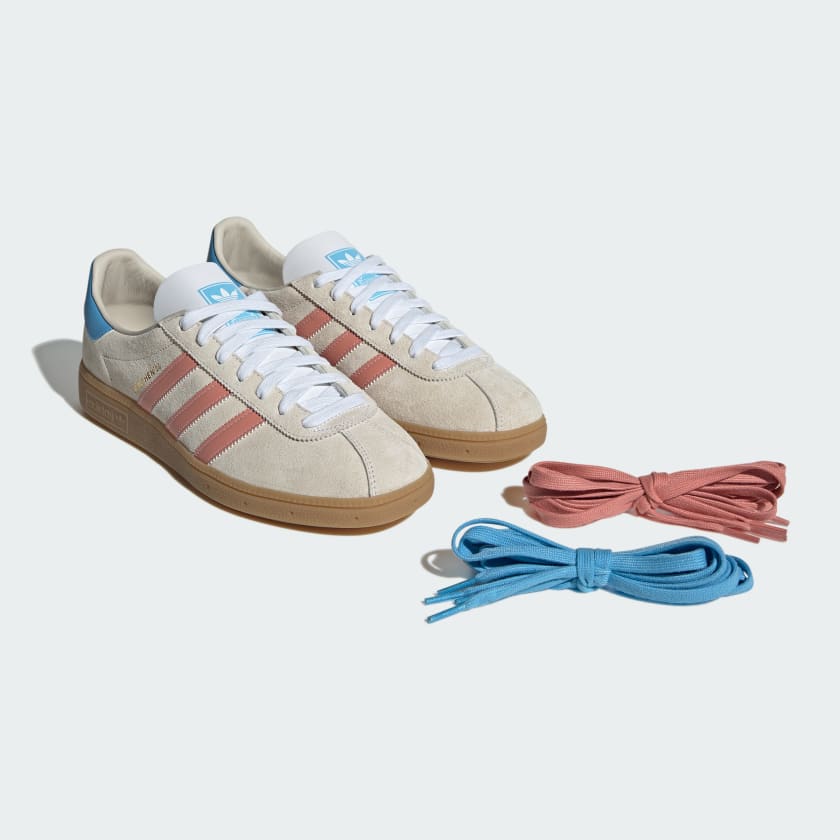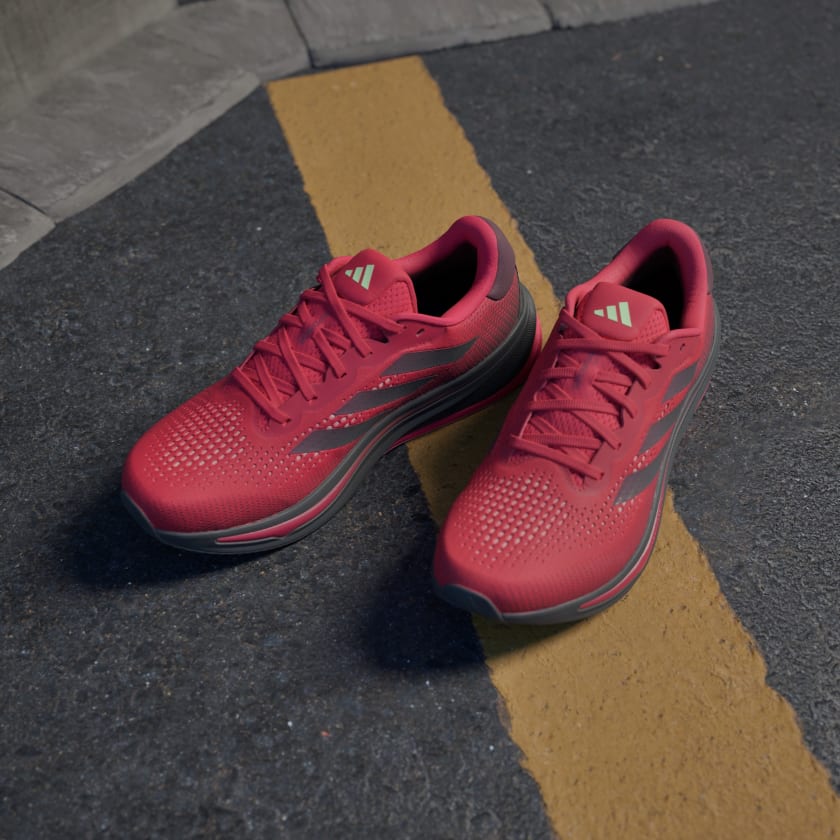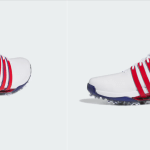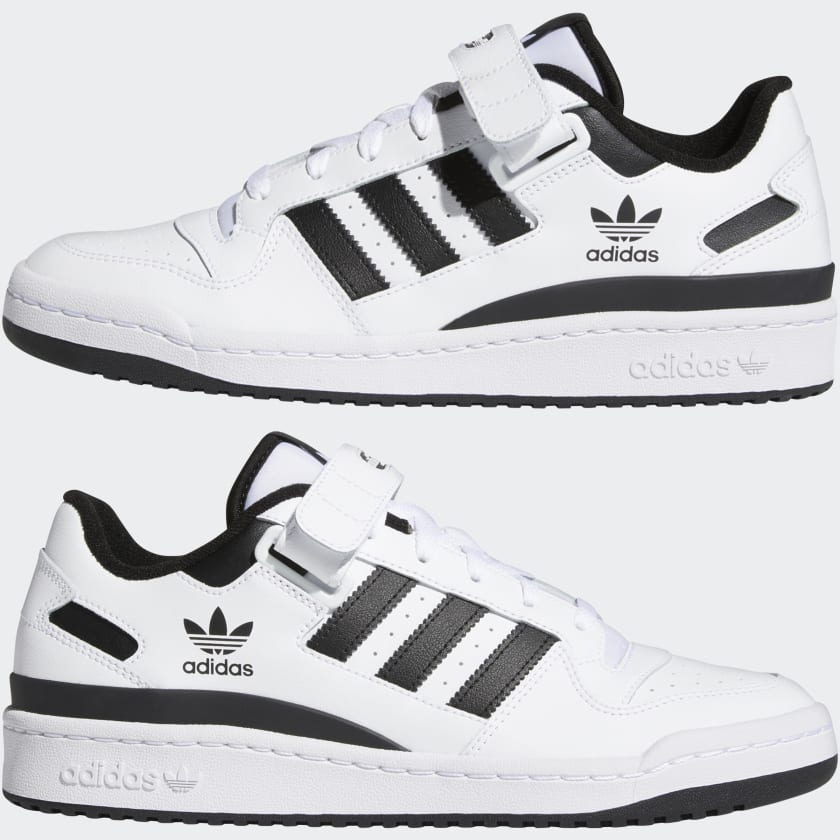Hoka vs On Cloud for Plantar Fasciitis: Discover the best running shoes. Find out which brand offers superior comfort and support for your needs. Keep Reading…
When it comes to running shoes for individuals with plantar fasciitis, finding the right pair is crucial. Plantar fasciitis is a common foot condition that causes heel pain and discomfort, particularly during activities like running. Two popular brands known for their supportive and comfortable running shoes are Hoka and On Cloud. In this article, we will compare Hoka and On Cloud shoes and explore which brand might be better suited for individuals dealing with plantar fasciitis.
Understanding Plantar Fasciitis
Plantar fasciitis is a condition characterized by inflammation and irritation of the plantar fascia, a thick band of tissue that connects the heel bone to the toes. It is a common cause of heel pain and can significantly impact one’s ability to engage in physical activities such as running.
Main Features of Hoka and On Cloud running shoes for plantar fasciitis:
| Feature | Hoka | On Cloud |
|---|---|---|
| Cushioning | More cushioned | Less cushioned |
| Stability | More stable | Less stable |
| Flexibility | Less flexible | More flexible |
| Weight | Heavier | Lighter |
| Price | More expensive | Less expensive |
| Recommended for | Runners with severe plantar fasciitis | Runners with mild to moderate plantar fasciitis |
Overall, Hoka shoes are more cushioned and stable than On Cloud shoes, making them a better choice for runners with severe plantar fasciitis. On Cloud, shoes are less cushioned and stable, but they are more flexible and lighter, making them a better choice for runners with mild to moderate plantar fasciitis.
Here is a more detailed comparison of the two brands:
- Cushioning: Hoka shoes have a thicker midsole than On Cloud shoes, which provides more cushioning and shock absorption. This can be helpful for runners with plantar fasciitis, as it can reduce the amount of stress on the plantar fascia ligament.
- Stability: Hoka shoes have a wider base than On Cloud shoes, which provides more stability. This can be helpful for runners with overpronation, as it can help to control the inward rolling of the foot.
- Flexibility: On Cloud shoes are more flexible than Hoka shoes. This can be helpful for runners who need a shoe that allows for a more natural range of motion.
- Weight: Hoka shoes are heavier than On Cloud shoes. This is due to the thicker midsole and wider base. If you are looking for a lightweight shoe, On Cloud may be a better option.
- Price: Hoka shoes are more expensive than On Cloud shoes. This is because Hoka shoes use more premium materials and construction techniques.
Ultimately, the best running shoe for plantar fasciitis will depend on the individual runner’s needs and preferences. If you are looking for a shoe with maximum cushioning and stability, Hoka may be a good option. If you are looking for a lighter and more flexible shoe, On Cloud may be a better choice.
Importance of Proper Running Shoes for Plantar Fasciitis
Choosing the right running shoes is essential for individuals with plantar fasciitis. The ideal shoes should provide excellent cushioning, arch support, stability, and shock absorption to reduce stress on the plantar fascia and alleviate pain.
Overview of Hoka Running Shoes
Hoka is a well-known brand in the running shoe industry, renowned for its maximalist design and superior cushioning. Hoka shoes are built with thick midsoles and ample cushioning to provide exceptional shock absorption and comfort during running.
Overview of On-Cloud Running Shoes
On Cloud is another popular brand that offers a unique running shoe experience. On Cloud, shoes are known for their lightweight construction, responsive cushioning, and innovative design. They focus on creating a cloud-like sensation while maintaining support and stability.
Comfort and Cushioning
Both Hoka and On Cloud prioritize comfort and cushioning. Hoka shoes, with their maximalist design, offer a plush and well-cushioned feel, perfect for individuals with plantar fasciitis. On Cloud shoes, although more lightweight, utilize innovative cushioning materials that provide adequate shock absorption and a comfortable running experience.
Arch Support
Proper arch support is vital for individuals with plantar fasciitis. Hoka shoes are known for their excellent arch support, with many models featuring built-in stability features to provide extra support to the arches. On Cloud shoes also offer decent arch support, although they tend to have a more neutral arch design.
Stability and Motion Control
Stability and motion control are crucial factors to consider when selecting running shoes for plantar fasciitis. Hoka shoes are designed with stability in mind, providing features like firmer midsoles and wider platforms to enhance stability and reduce excessive pronation. On Cloud shoes, although not specifically categorized as stability shoes, offer a good balance of stability and flexibility.
Durability
Durability is an essential aspect of running shoes, especially for individuals with plantar fasciitis who require long-lasting support. Hoka shoes are renowned for their durability, constructed with high-quality materials that can withstand the rigors of regular running. On Cloud shoes also exhibit good durability, although some models may not be as robust as Hoka shoes.
Weight and Flexibility
Hoka shoes tend to be heavier due to their maximalist design and extra cushioning. While this added weight may be a concern for some runners, it contributes to the superior shock absorption and support they offer. On the other hand, On Cloud shoes are lighter and more flexible, providing a responsive and agile running experience.
Breathability
Breathability is essential to keep the feet cool and comfortable during running. Hoka and On Cloud shoes both feature breathable upper materials to allow air circulation and prevent excessive sweating. However, some models of On Cloud shoes may offer better breathability due to their lightweight and minimalist design.
Style and Design
When it comes to style and design, both Hoka and On Cloud offer a wide range of options to suit different preferences. Hoka shoes often have a more bulky and maximalist appearance, while On Cloud shoes have a sleek and modern design, appealing to runners who prefer a more minimalist aesthetic.
Price Range
Price is an important consideration for many individuals when purchasing running shoes. Hoka shoes generally fall into the mid to high price range, reflecting their advanced cushioning technology and durability. On Cloud shoes are generally priced in the mid-range, offering a more affordable option without compromising on performance.
Customer Reviews and Feedback
Customer reviews and feedback play a significant role in evaluating the performance and reliability of running shoes. Hoka and On Cloud shoes receive positive reviews from customers dealing with plantar fasciitis, highlighting their comfort, support, and ability to alleviate foot pain during running.
Expert Recommendations
Experts in the field of podiatry and running often recommend both Hoka and On Cloud shoes for individuals with plantar fasciitis. However, the choice ultimately depends on individual preferences, foot biomechanics, and running style. It is advisable to try on both brands and select the one that feels the most comfortable and supportive for your specific needs.
It is important to note that no single shoe can cure plantar fasciitis. However, wearing shoes that provide adequate cushioning and support can help to reduce pain and inflammation. If you are experiencing plantar fasciitis, it is important to see a doctor or physical therapist to get a diagnosis and treatment plan.
Conclusion
In the Hoka vs On Cloud comparison for plantar fasciitis, both brands offer excellent options for individuals seeking running shoes with adequate cushioning, support, and stability. Hoka shoes are known for their maximalist design, superior cushioning, and arch support, while On Cloud shoes provide a lightweight and responsive running experience. Ultimately, the choice between the two depends on personal preference, comfort, and individual foot characteristics.
FAQs (Frequently Asked Questions)
Q: Can Hoka and On Cloud shoes cure plantar fasciitis? A: While they cannot cure plantar fasciitis, Hoka and On Cloud shoes can provide significant relief and comfort for individuals dealing with the condition.
Q: Are Hoka shoes suitable for long-distance running? A: Yes, Hoka shoes are popular among long-distance runners due to their excellent cushioning and support.
Q: Do On Cloud shoes require a break-in period? A: On Cloud shoes are designed to be comfortable right out of the box and typically do not require an extensive break-in period.
Q: Can I use Hoka or On Cloud shoes for other sports activities? A: Both Hoka and On Cloud shoes are primarily designed for running but can also be suitable for other low-impact sports activities.
Q: How often should I replace my Hoka or On Cloud running shoes? A: When it comes to replacing your Hoka or On Cloud running shoes, it’s important to consider the wear and tear they undergo over time. While there is no exact timeframe for replacement, it is generally recommended to replace your running shoes every 300-500 miles or every 4-6 months, depending on your running frequency and intensity.
Thank you for taking the time to read this comprehensive comparison of Hoka and On Cloud running shoes for individuals with plantar fasciitis. Choosing the right footwear is essential for managing and alleviating the discomfort associated with this condition. Both Hoka and On Cloud offer excellent options with their unique features and technologies. Remember to consider your individual needs, preferences, and foot biomechanics when making a decision. With the right pair of shoes, you can enjoy your runs while minimizing the impact on your plantar fascia. Happy running!
